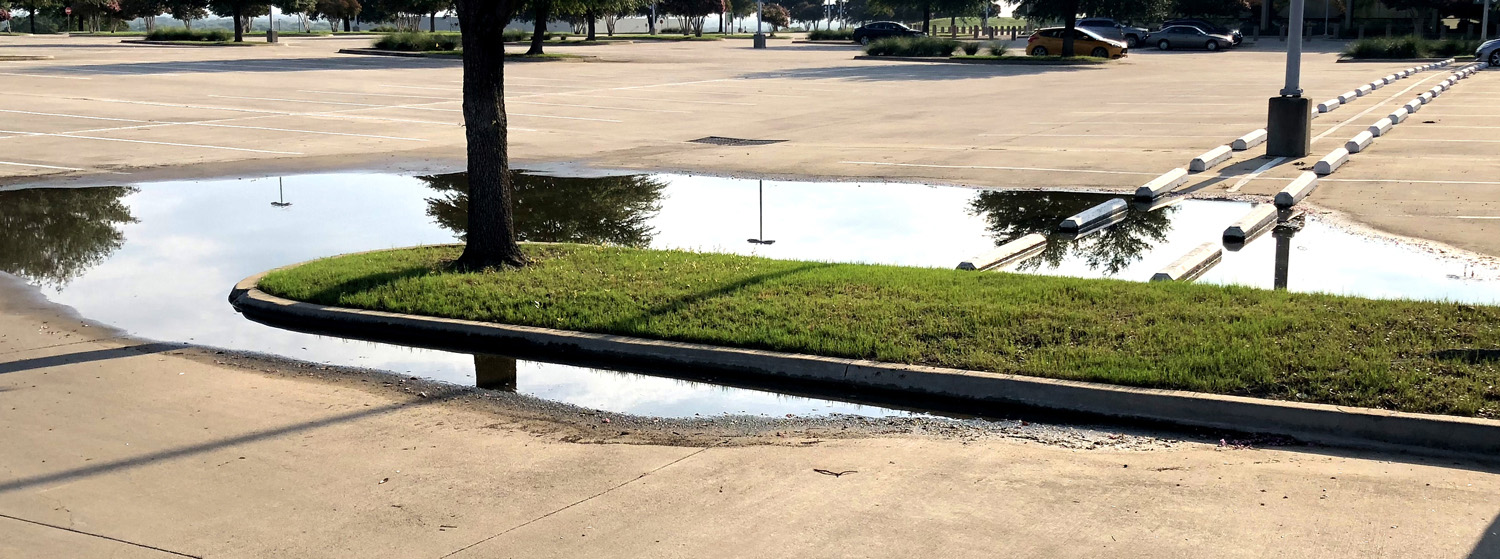A challenge designers and engineers may come across is drainage for large, flat pavements. Poorly designed drainage systems for these areas can cause ponding, creating a safety hazard, due to the systems ineffectiveness. Adequate and hydraulically efficient drainage systems can help eliminate hazards and provide a long lasting drainage solution that performs as intended.

Achieving Optimum Hydraulic Efficiency
Achieving optimal hydraulic efficiency requires careful planning in the configuration of trench drain systems. These systems are engineered to collect and direct surface water through modular channels, guiding it toward an appropriate outlet, such as an underground pipe system or culvert, where it can be safely discharged. A key element that influences the overall hydraulic performance is gravity, which works in conjunction with natural or artificial slopes in the pavement. By leveraging the natural flow of water, a well-designed system can ensure rapid and effective water removal, minimizing the risk of standing water or overflow.
How does slope affect hydraulic performance?
The efficiency of the water drainage depends on the drainage systems configuration. There are many systems suited for different applications. Most systems are designed to collect surface water that flows through the grate into channels, which transport water to a point where it discharges into underground pipe systems or culverts. A key factor that influences hydraulic performance is gravity, so the ground slope and slope within the drainage system is critical
Using existing pavement with natural fall
If the pavement already has a natural slope, the drainage system can be designed to follow this contour, allowing gravity to aid in moving water quickly.

Introducing a stepped configuration
A stepped design involves creating sections within the trench drain that drop incrementally in height. However, this approach is often less effective in enhancing hydraulic performance because the liquid velocity is still limited in long, flat segments between the steps.

Incorporate a slope into the trench drain
This is generally the most effective method for improving hydraulic efficiency. Incorporating a consistant gradient ensures a steady and sufficient liquid velocity across the entire length of the trench. This approach is particularly useful for long drainage runs, as it reduces the risk of slow-moving water and ensures rapid clearance of surface liquid.


Among these options, the slope provides the greatest positive impact on hydraulic performance. In comparison, stepped configurations or completely flat runs, especially over long distances, often struggle to maintain the necessary flow velocity. By choosing the right slope configuration, designers can optimize the trench drain’s performance, ensuring effective water management, reducing maintenance needs, and improving the safety and longevity of the drainage system.
SABdrain offers channels with a slope accessory integrated for up to 60M in length with a 0.5% slope (5mm over 1M), in a range of widths and load classes.
Channel Run Flexibility
Solution for pavements with no falls
- Up to 60M of continuous slope
- 120M of 0.5% slope with two 60m runs discharging into a central outlet
